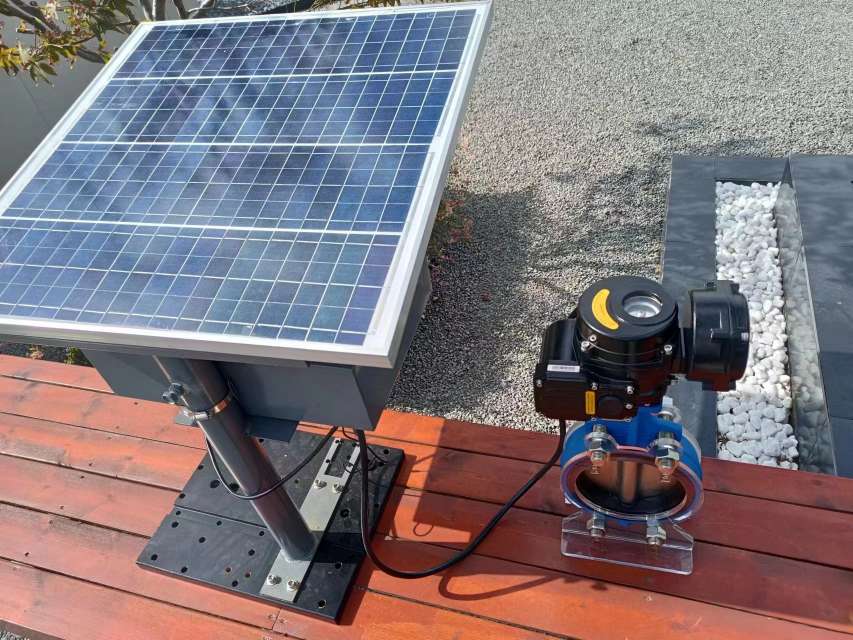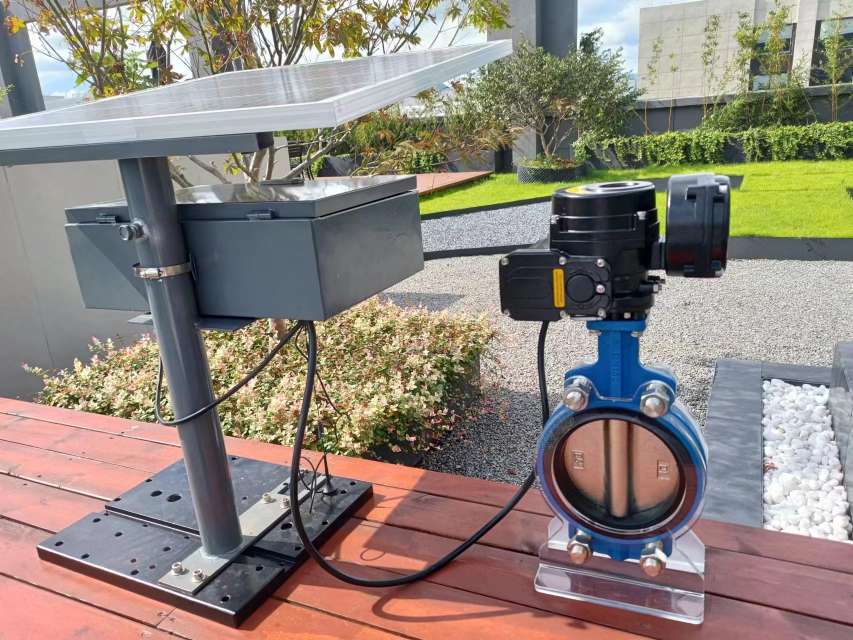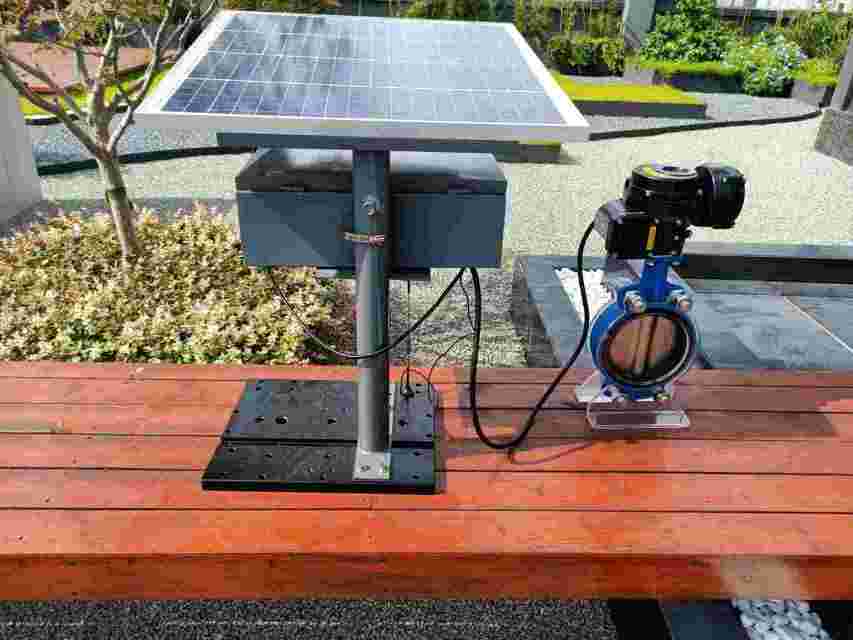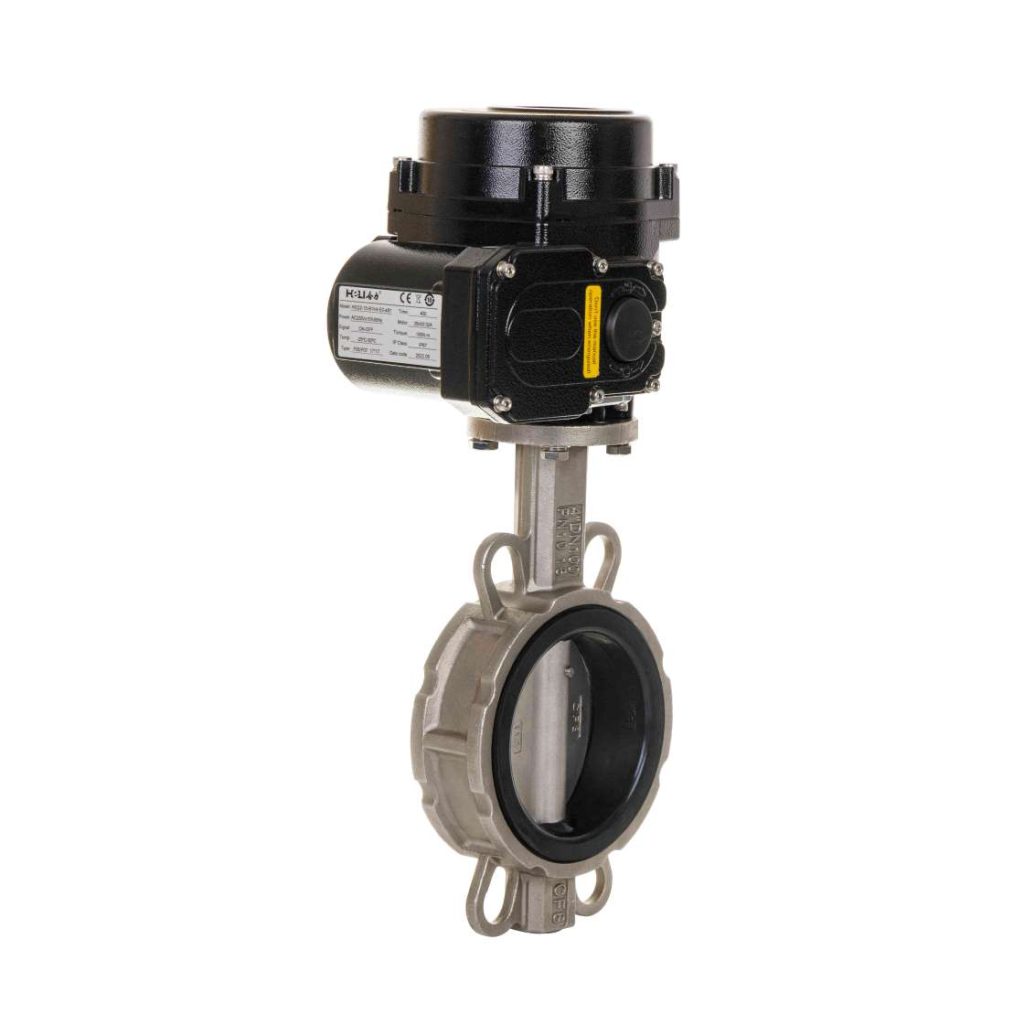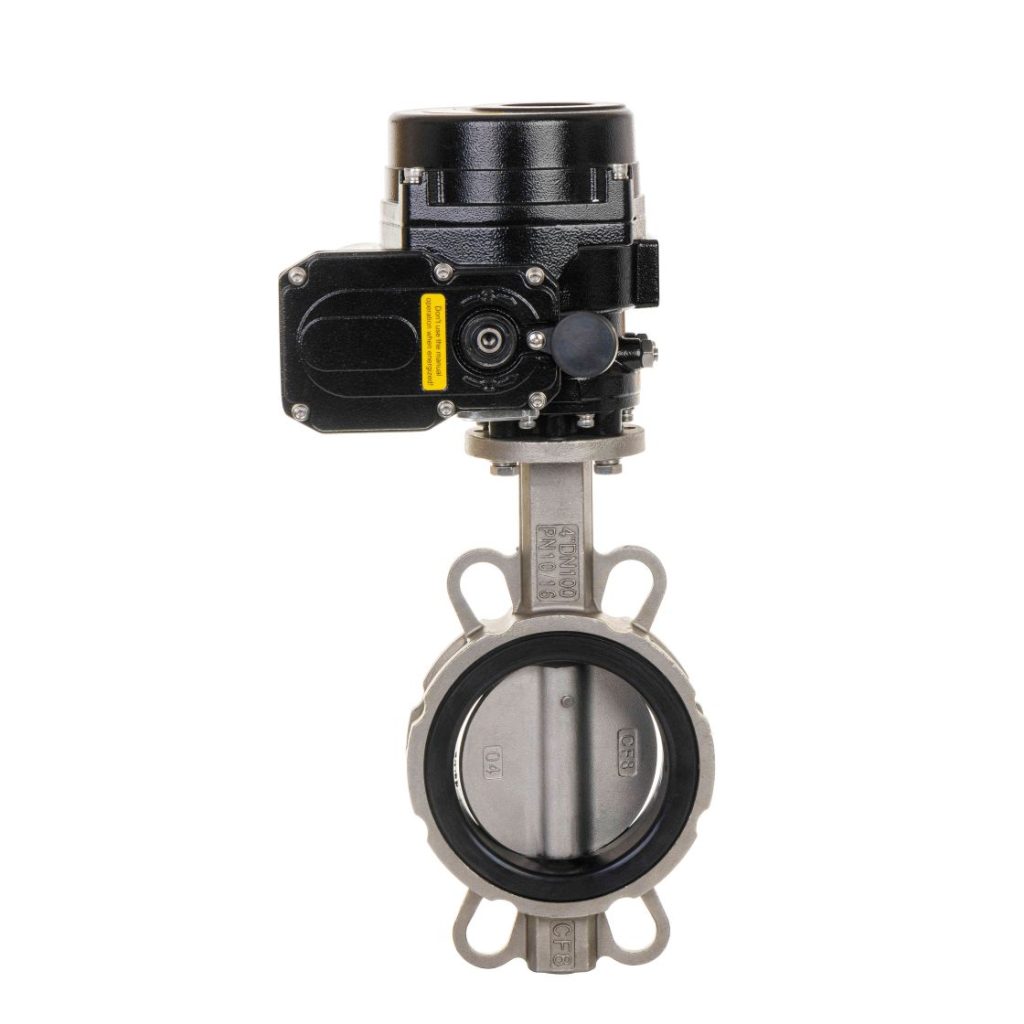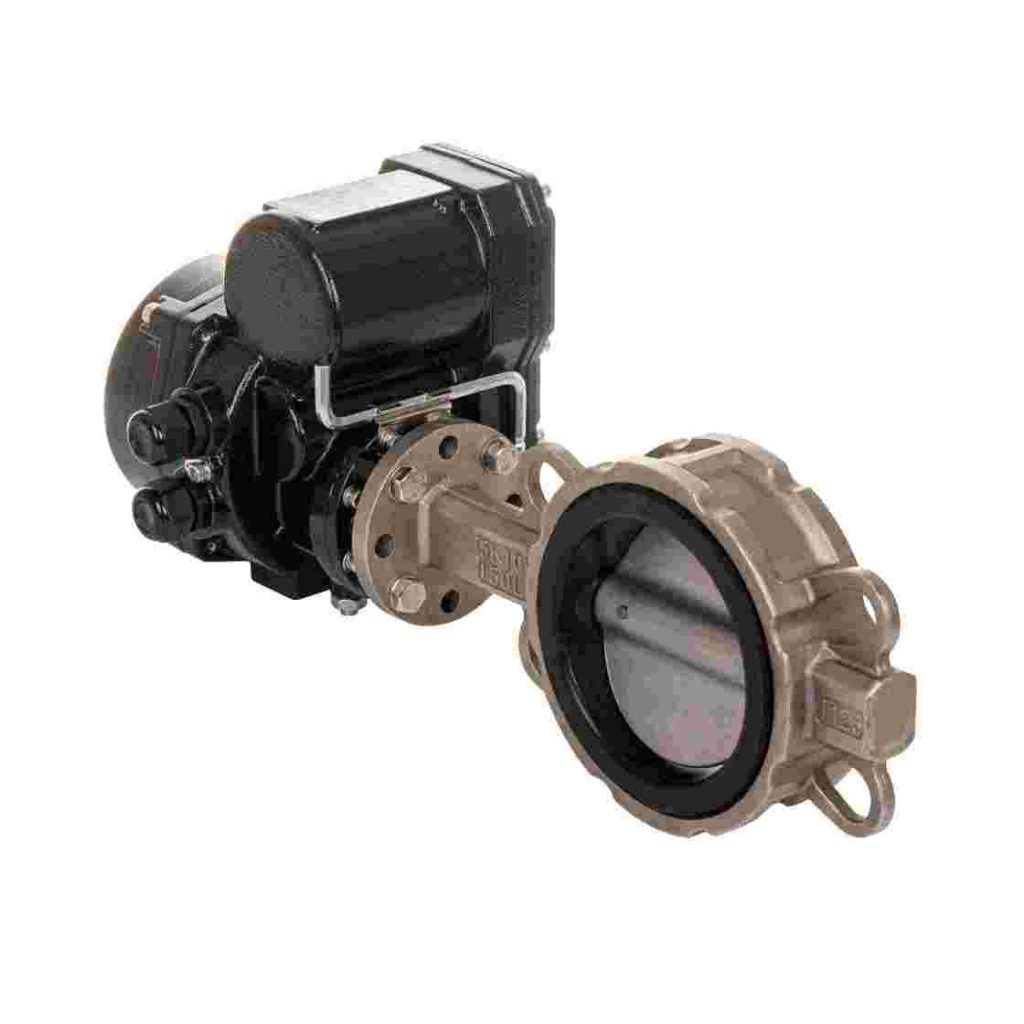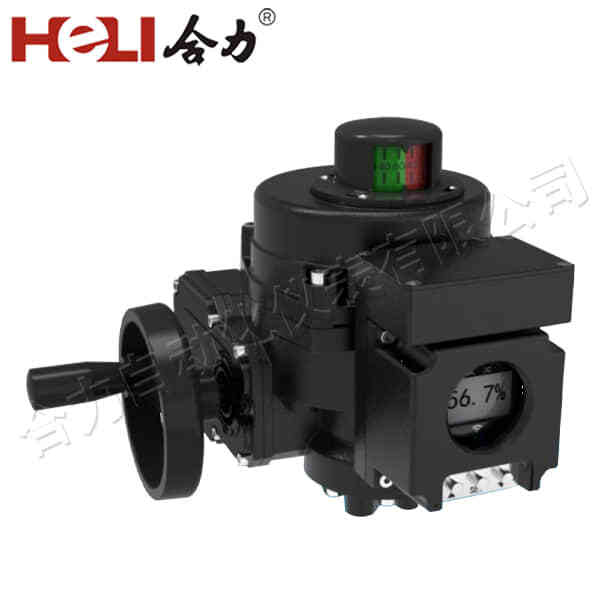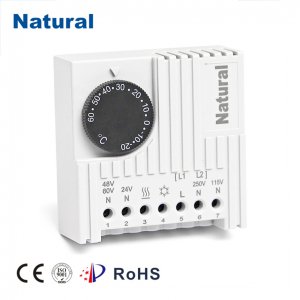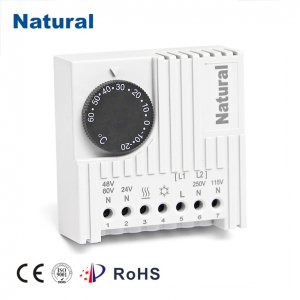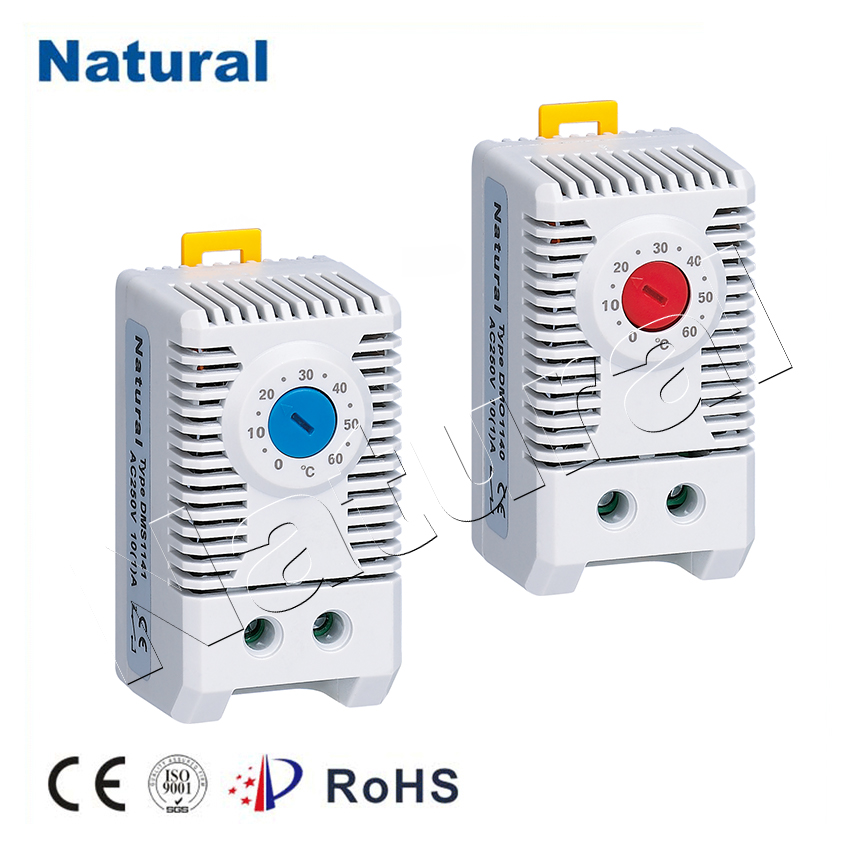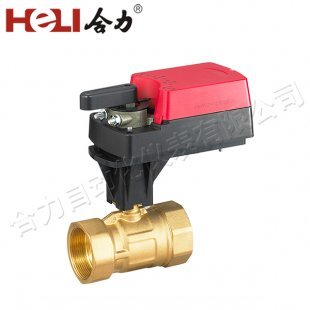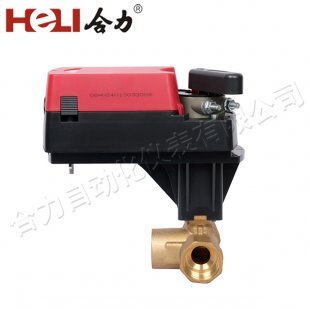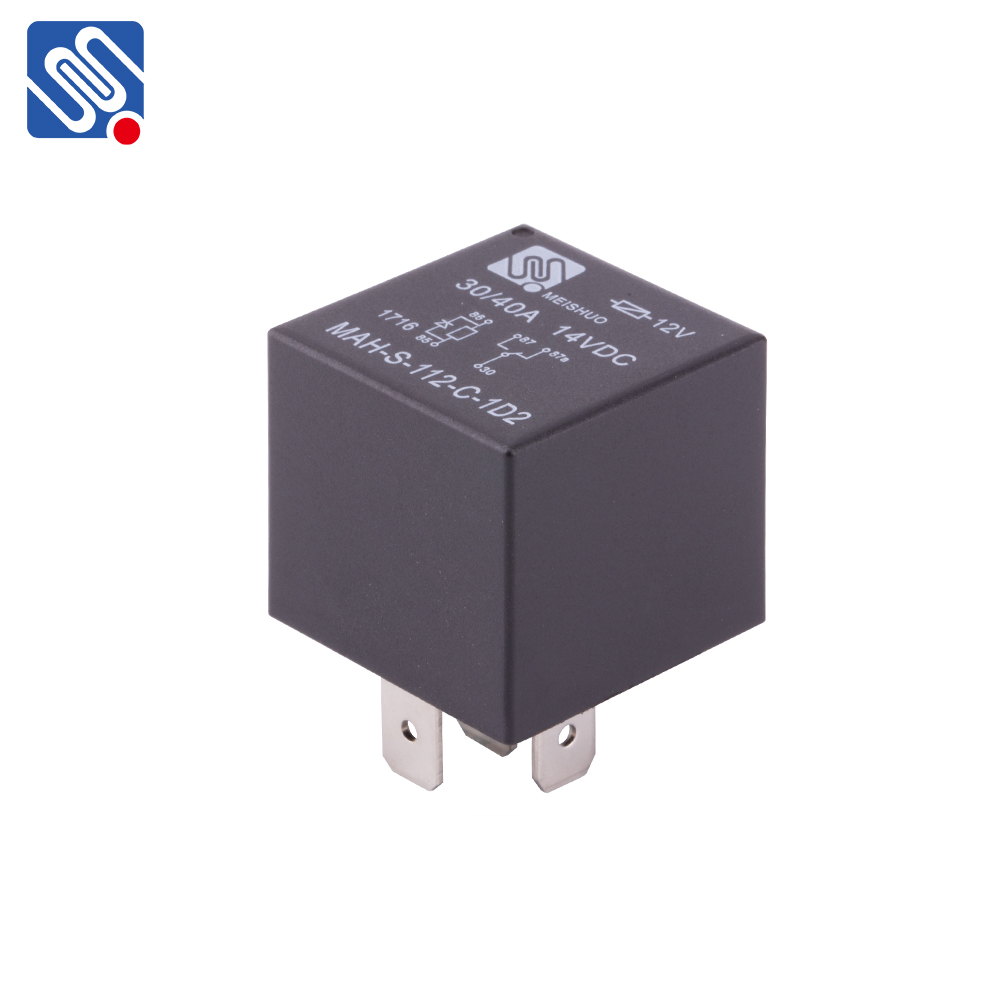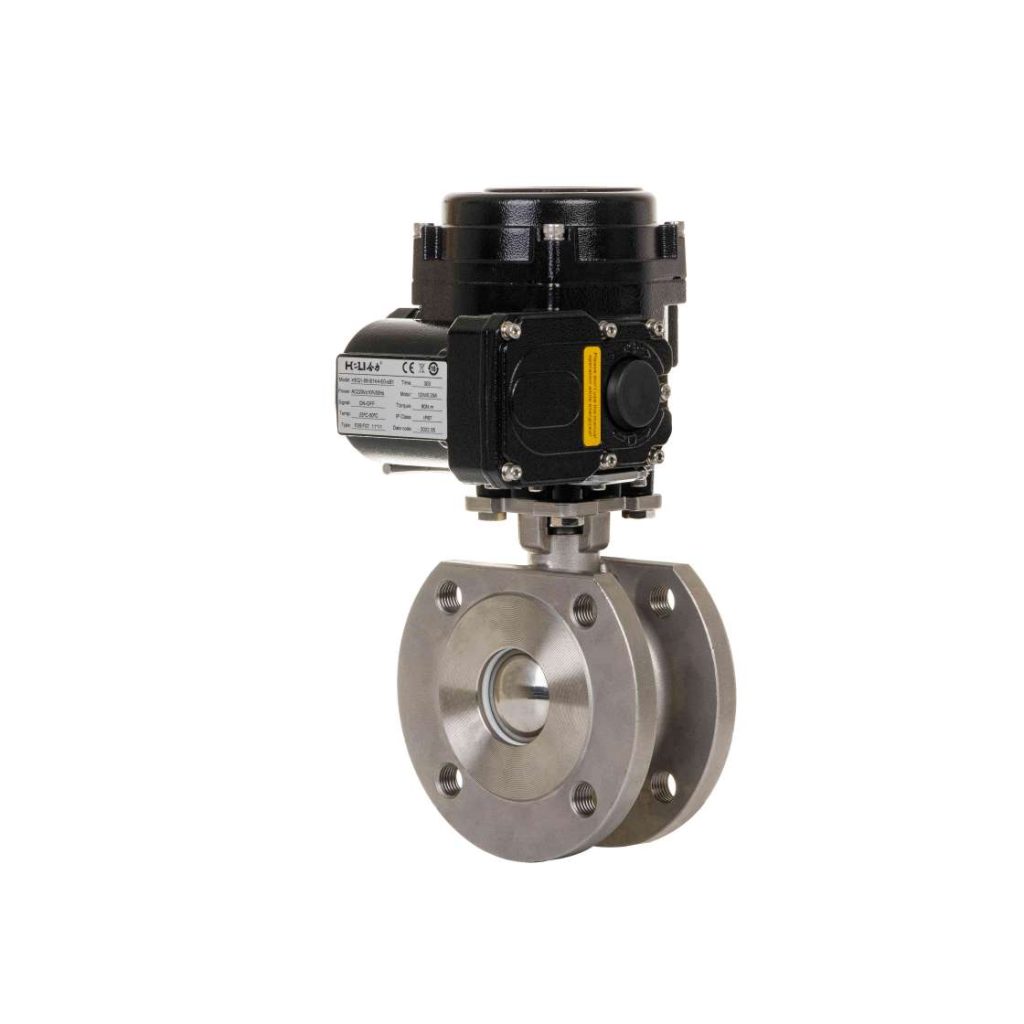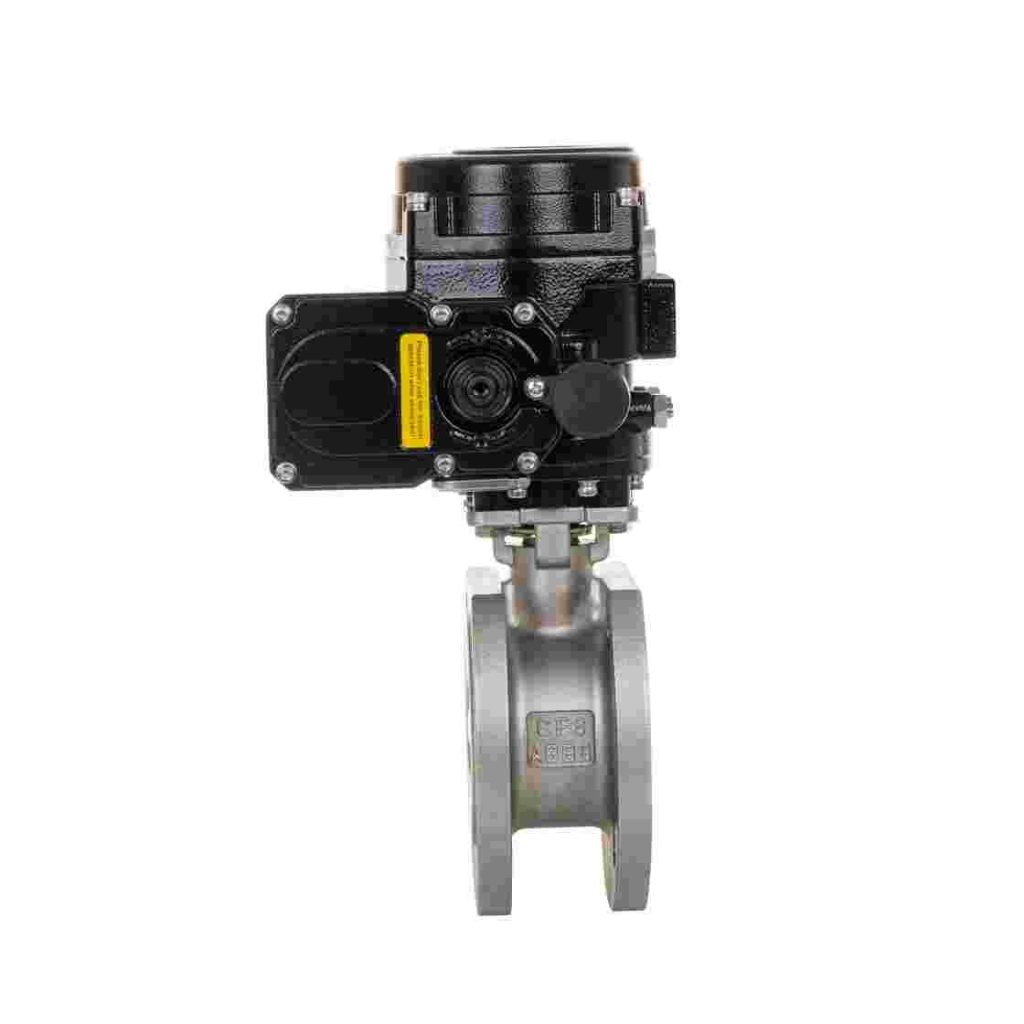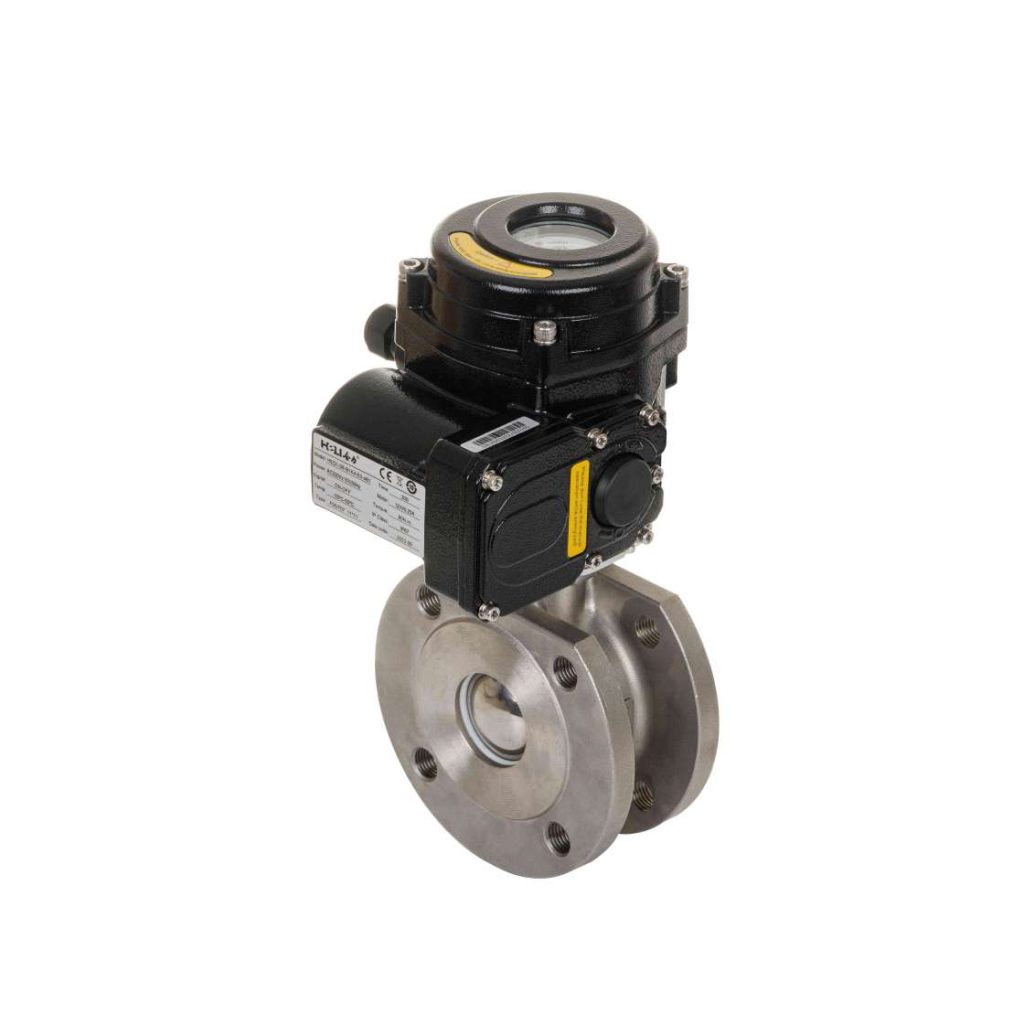In the world of home automation, Wi-Fi Smart Relays are quickly becoming a fundamental component in transforming traditional homes into smart living spaces. These small yet powerful devices provide an easy way to integrate various electrical appliances and systems into a smart home network, offering a range of benefits that improve both convenience and energy efficiency. This article will explore what Wi-Fi Smart Relays are, how they work, their key features, and how they are reshaping the way we interact with household technology.
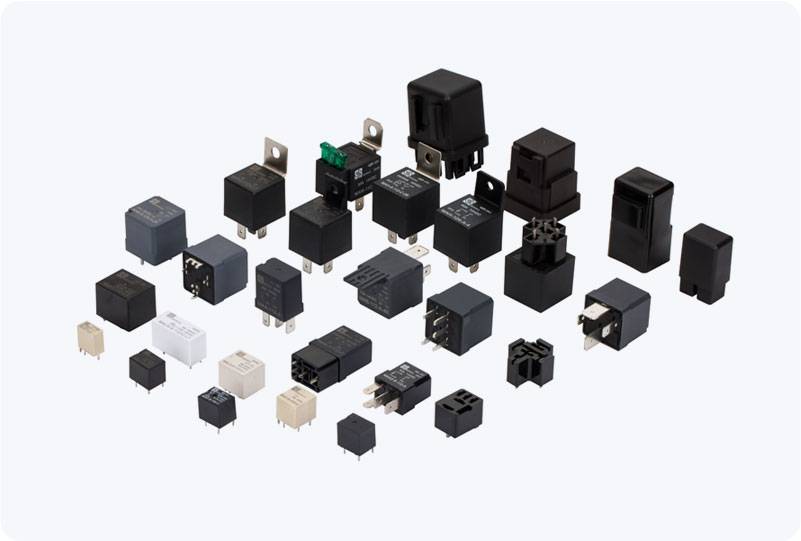
What is a Wi-Fi Smart Relay? A Wi-Fi Smart Relay is a device that allows users to remotely control the operation of electrical circuits or appliances using a smartphone or other smart devices via Wi-Fi. Unlike traditional manual switches, smart relays can be operated from anywhere with an internet connection. They act as intermediaries between electrical systems and the user’s controlling device, enabling features like remote switching, scheduling, and monitoring of power usage. How Wi-Fi Smart Relays Work The operation of a Wi-Fi Smart Relay is fairly simple yet effective. Typically, the relay is installed within the electrical circuit of an appliance or lighting system, either directly or via a smart switch. Once set up, the relay is connected to a Wi-Fi network, allowing it to communicate with the user’s smartphone or voice assistants like Amazon Alexa or Google Assistant.
